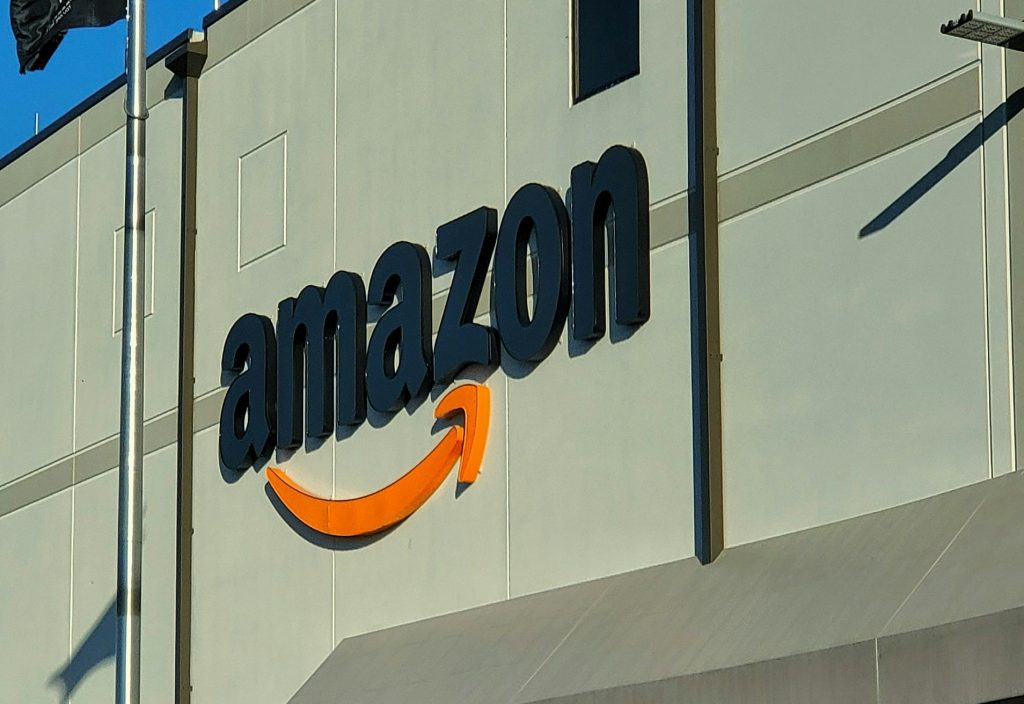
Amazon continues to refine its logistics and inventory management systems to better serve sellers and improve operational efficiency. Starting April 1, 2025, Amazon will implement significant changes to its Amazon Warehousing and Distribution (AWD) fee structure. These updates aim to streamline costs, incentivize sellers to adopt automated replenishment systems, and provide greater transparency in fee application. This article breaks down the key aspects of the new AWD rate changes and regulations, helping sellers understand how to optimize their operations under the updated system.
Overview of AWD Fee Types
Amazon Warehousing and Distribution (AWD) charges sellers three primary fee types: storage fees, processing fees, and transportation fees. These fees are designed to cover the costs of storing, handling, and moving inventory between AWD and Fulfillment by Amazon (FBA) centers. Through March 31, 2025, sellers can choose between two fee tiers:
Base Rate: Applies when sellers use their own transportation or carrier service to send shipments to AWD.
Integrated Rate: Offers discounted fees for sellers who use Amazon's logistics services, such as Amazon Global Logistics or the Partnered Carrier program.
However, starting April 1, 2025, this system will change. The base rate will no longer depend on the inbound carrier method, and two new fee tiers will be introduced: Smart Storage Rate and Amazon Managed Rate. These new tiers are designed to reward sellers who utilize Amazon’s automated replenishment systems and managed services.
Key Changes Effective April 1, 2025
1. Introduction of Smart Storage Rates
The new Smart Storage Rate offers cost-saving benefits for sellers who use AWD's auto-replenishment system to move inventory to FBA. To qualify, a SKU must meet the following criteria:
Auto-Replenishment Ratio (ARR): At least 70% of the SKU's inventory must be sent to FBA through AWD auto-replenishment in the preceding 90 days.
Combined Historical Days of Supply: The SKU must have at least 70 days of inventory across AWD and FBA relative to historical demand. This is calculated based on the higher of two periods: the last 30 days (short-term) or the last 90 days (long-term).
Amazon will automatically evaluate SKUs on the 25th of each month to determine eligibility for the following month’s charges. Sellers meeting these criteria will benefit from reduced storage fees, making it an attractive option for those looking to optimize their inventory management.
2. Amazon Managed Rate
For sellers who choose the Supply Chain by Amazon Managed Service, an Amazon Managed Rate will apply. This rate includes:
- 20% discount on AWD storage fees.
- 10% discount on AWD transportation fees for shipments from AWD to FBA.
This option is ideal for sellers who prefer to outsource inventory management entirely to Amazon, allowing the platform to handle replenishment, storage, and transportation logistics.
3. Separation of Processing Fees
Previously, AWD processing fees were charged as a single combined fee during outbound shipments. Starting April 1, 2025, these fees will be split into two components:
Inbound Processing Fee: Charged when inventory is received at an AWD distribution center.
Outbound Processing Fee: Charged when inventory is shipped to FBA or other sales channels.
For inventory inbounded to AWD before April 1, 2025, sellers will be charged 50% of the 2024 processing fee as an inbound fee. To ease the transition, this fee will be divided into three equal monthly installments starting March 31, 2025.
FBA Fee Changes for AWD Auto-Replenished Inventory
Amazon’s new regulations also impact how FBA fees are applied to inventory replenished through AWD. Sellers who meet the 70% auto-replenishment ratio can avoid several FBA surcharges, including:
Aged Inventory Surcharge: The surcharge for products stored between 181–365 days will not apply to SKUs that meet the 70% ARR threshold.
Low-Inventory-Level Fee: This fee will not apply to SKUs auto-replenished at 70% or higher, unless the seller imposes limits on the maximum number of units that can be replenished.
These exemptions highlight the financial advantages of relying on AWD auto-replenishment, as Amazon takes on the responsibility of managing inventory levels and ensuring stock availability.
Monitoring Eligibility and Performance
To help sellers stay informed about their eligibility for discounted rates and exemptions, Amazon is introducing new reporting tools:
AWD Fee Metrics Report: Available starting February 15, 2025, this report provides details on auto-replenishment ratios, historical days of supply, and fee applicability.
AWD Inventory Dashboard: Offers real-time insights into inventory levels and performance metrics, allowing sellers to proactively manage their stock.
These tools are essential for sellers aiming to maintain eligibility for the Smart Storage Rate and avoid unnecessary fees.
Special Considerations for New Sellers and Products
Amazon has also introduced provisions for new sellers and products to ease their entry into the AWD ecosystem. For the first 90 days after the initial shipment to AWD or FBA, new sellers and new products automatically qualify for the Smart Storage Rate. This grace period allows sellers to establish their inventory and sales patterns without incurring higher fees.
Implications for Sellers
The 2025 AWD rate changes reflect Amazon’s commitment to encouraging efficient inventory management and automation. Sellers who adopt AWD auto-replenishment stand to benefit from reduced fees and exemptions, while those who continue to manage inventory manually may face higher costs. Key takeaways for sellers include:
Leverage Auto-Replenishment: Meeting the 70% auto-replenishment ratio unlocks significant cost savings, including exemptions from aged inventory and low-inventory-level fees.
Monitor Performance Metrics: Use Amazon’s new reporting tools to track your eligibility for discounted rates and ensure compliance with the new requirements.
Plan for Processing Fee Changes: The separation of inbound and outbound processing fees requires careful planning to avoid unexpected costs during the transition period.
Take Advantage of New Seller Benefits: New sellers and products can benefit from the Smart Storage Rate during their first 90 days, making AWD a cost-effective option for launching new inventory.








